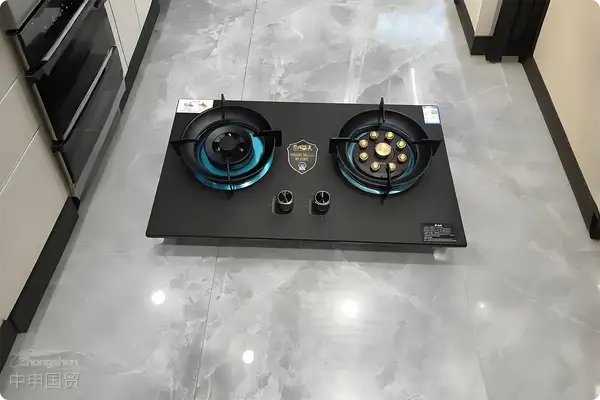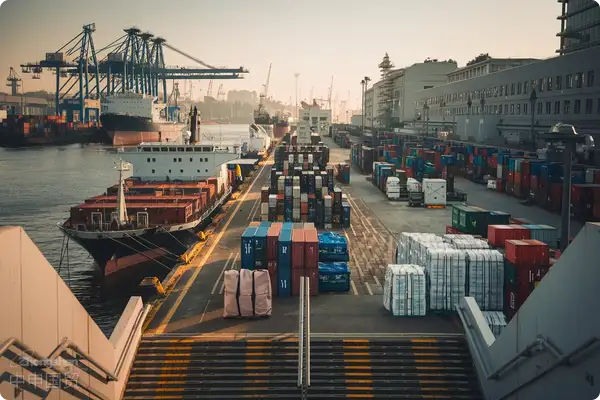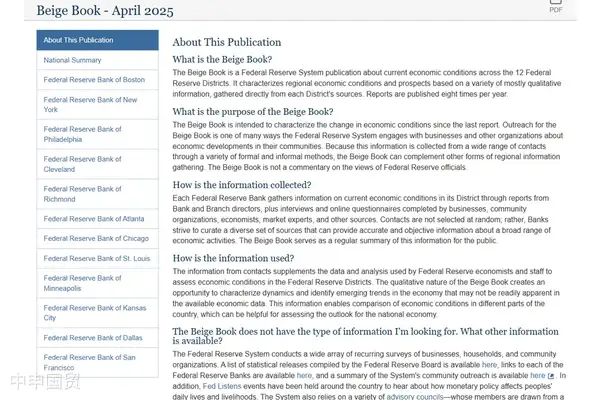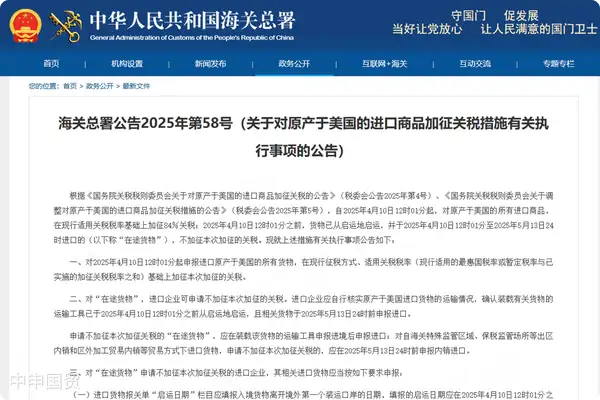- Shanghai Zhongshen International Trade Co., Ltd. - Two decades of trade agency expertise.
- Service Hotline: 139 1787 2118
The clearance code for importing gas cookers
As an old hand with 20 years of experienceforeign tradeOld driver, I often encounter clients asking: How complicated is importing gas cookers? To be honest, its quite technical. Just like cooking requires mastering heat control, importing gas cookers demands precise handling of each step. Today, Ill break down this butchering an ox process in the most down-to-earth way.

Preliminary preparation: Build a solid foundation before constructing the building
Last year, a client excitedly ordered a container of Italian gas cookers but got stuck at the most basic step—not obtaining CCC certification. Its like driving without a license—bound to fail.
- HS Code Positioning:Household gas cookers are usually classified under 7321.1100 with an 8% tariff rate, plus 13% VAT
- CCC certification:This is a mandatory threshold that requires 3-6 months advance processing, with costs approximately 20,000-50,000 yuan
- Qualification documents:Original manufacturer authorization letter, test report,It is recommended to verify through the following methods:All are indispensable, just like the scallions, ginger, and garlic in cooking
- Special reminder:Built-in cooktops additionally require special attention to electrical safety standards
International shipping: an iron pot journey across the oceans
Last month we handled a shipment of German cooktops for a client,Maritime TransportationBooking timing
- Packaging Requirements:Glass panels must be fully wrapped with pearl cotton, otherwise theyll break on you
- Temperature-controlled shipping:Precision electronic components fear moisture, remember to add moisture-proof labels
- Dangerous goods declaration:Although gas cooktops themselves arent hazardous, matching pressure reducers require special declaration
- Transportation Insurance:Recommend purchasing all risks insurance, premium rate about 0.3%, dont skimp on this small money
Domestic customs clearance: the eagle eyes of customs officers
Before last years Double 11, an e-commerce platform urgently needed to clear 2,000 Japanese gas cooktops, but CIQ inspection found missing flame failure devices. This case teaches us:
- Customs Documentation:Besides regular documents, must include original CCC certificates (not copies!)
- Commodity inspection:Customs may randomly check thermal load, CO emissions and other indicators, unqualified goods will be directly returned
- <strongInspection priorities: gas conduit material, nameplate markings, safety warning labels are all mandatory checks</strongInspection priorities:
- Clearance timeline:Normally 3-5 working days, but may extend to 2 weeks during peak sales seasons
Consumer safety: conscience is more important than profits
As an industry professional, I must emphasize: safety always comes first. Just like wearing an apron when cooking, operating gas cooktops requires proper protection:
- Procurement bottom line:Absolutely no three-no products, this is an industry red line
- Usage instructions:Recommend including Chinese safety manuals with shipments, both compliant and considerate
- After-sales tracking:Establish customer files, proactively remind replacements before 8-year disposal period
- Risk prevention:Purchase product liability insurance, annual premium about 0.1%-0.3% of goods value
Special Tips: Beginners Guide to Avoiding Pitfalls
Finally, sharing some lessons learned through blood and tears:
- Turkish stoves offer good value for money, but pay attention to voltage adaptation issues
- Korean products feature innovative designs, but the cost of gas source conversion devices should be calculated in advance
- EU product certifications are strict, but import procedures are relatively simple
- For first-time imports, we recommend choosing a 20-foot container to test the waters before scaling up
Remember, importing gas stoves is like cooking a grand meal - you need to master the heat control (process rhythm), prepare all the seasonings (documentation and qualifications), and pay attention to food safety (quality compliance). Master these, and youll navigate the kitchen of import trade with ease!
Related Recommendations
? 2025. All Rights Reserved. Shanghai ICP No. 2023007705-2  PSB Record: Shanghai No.31011502009912
PSB Record: Shanghai No.31011502009912










